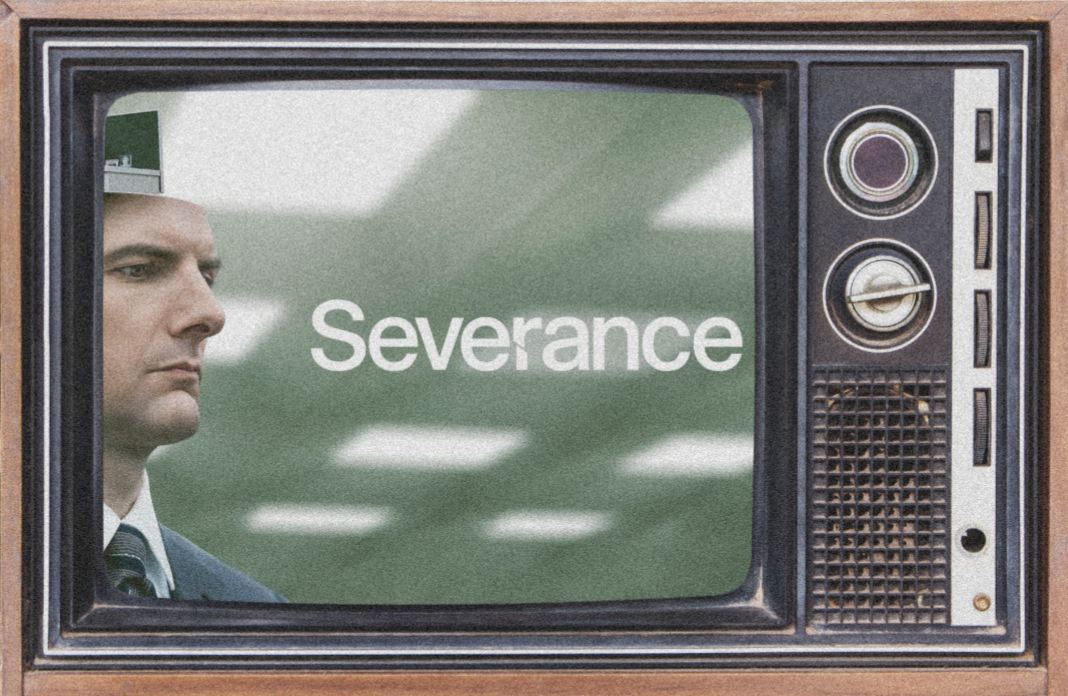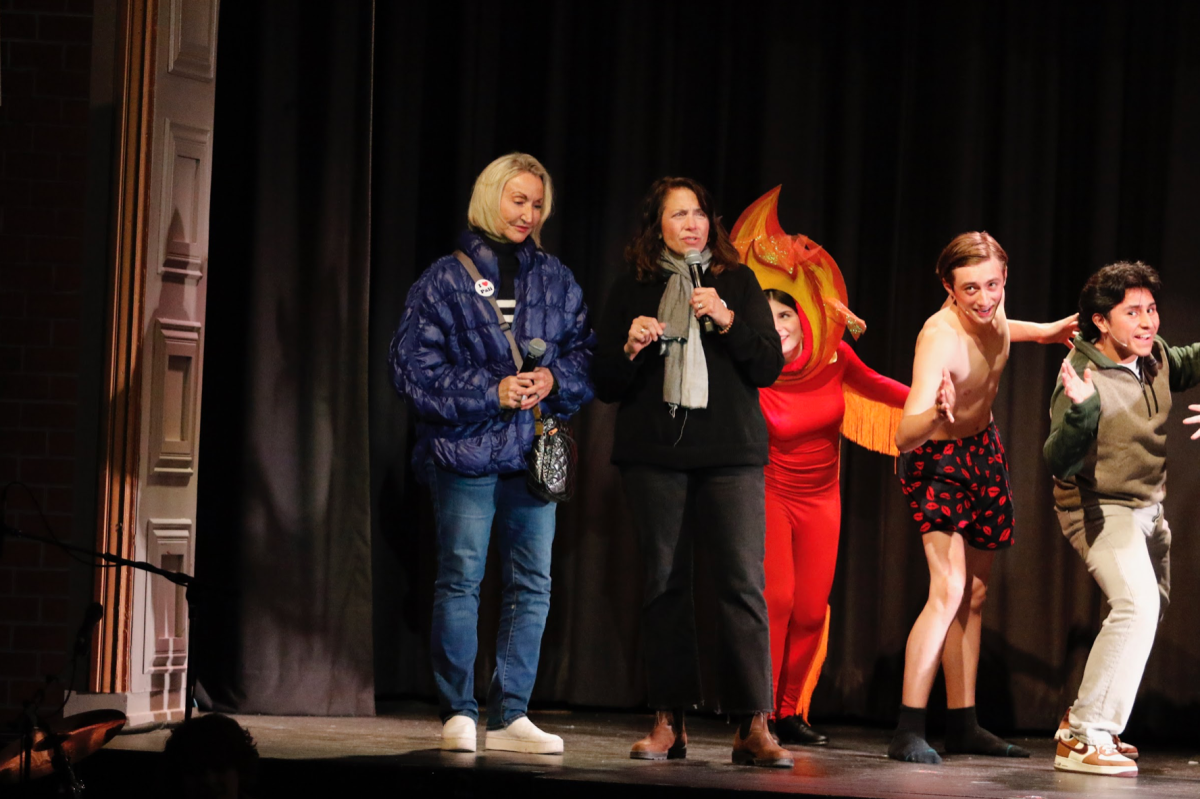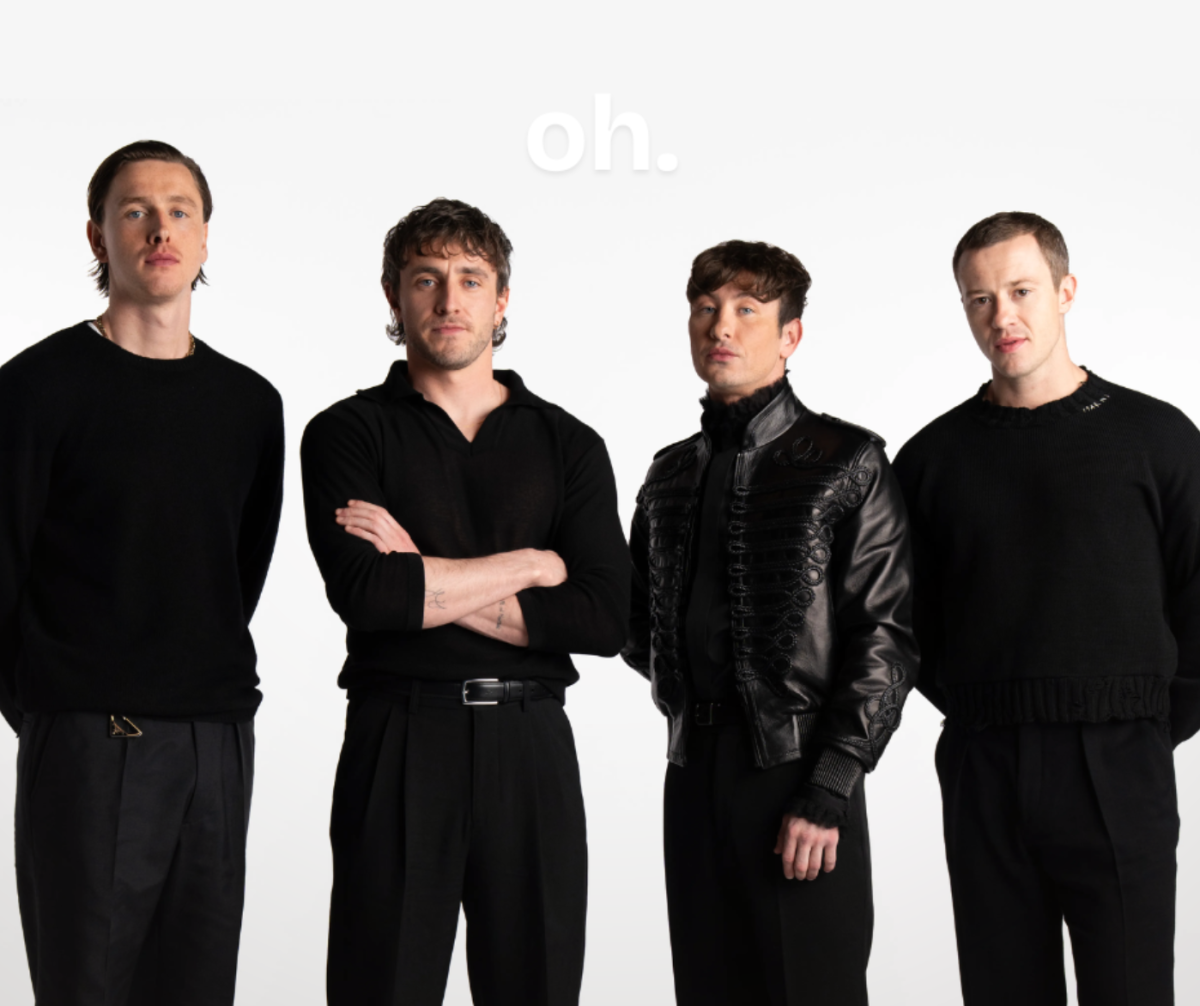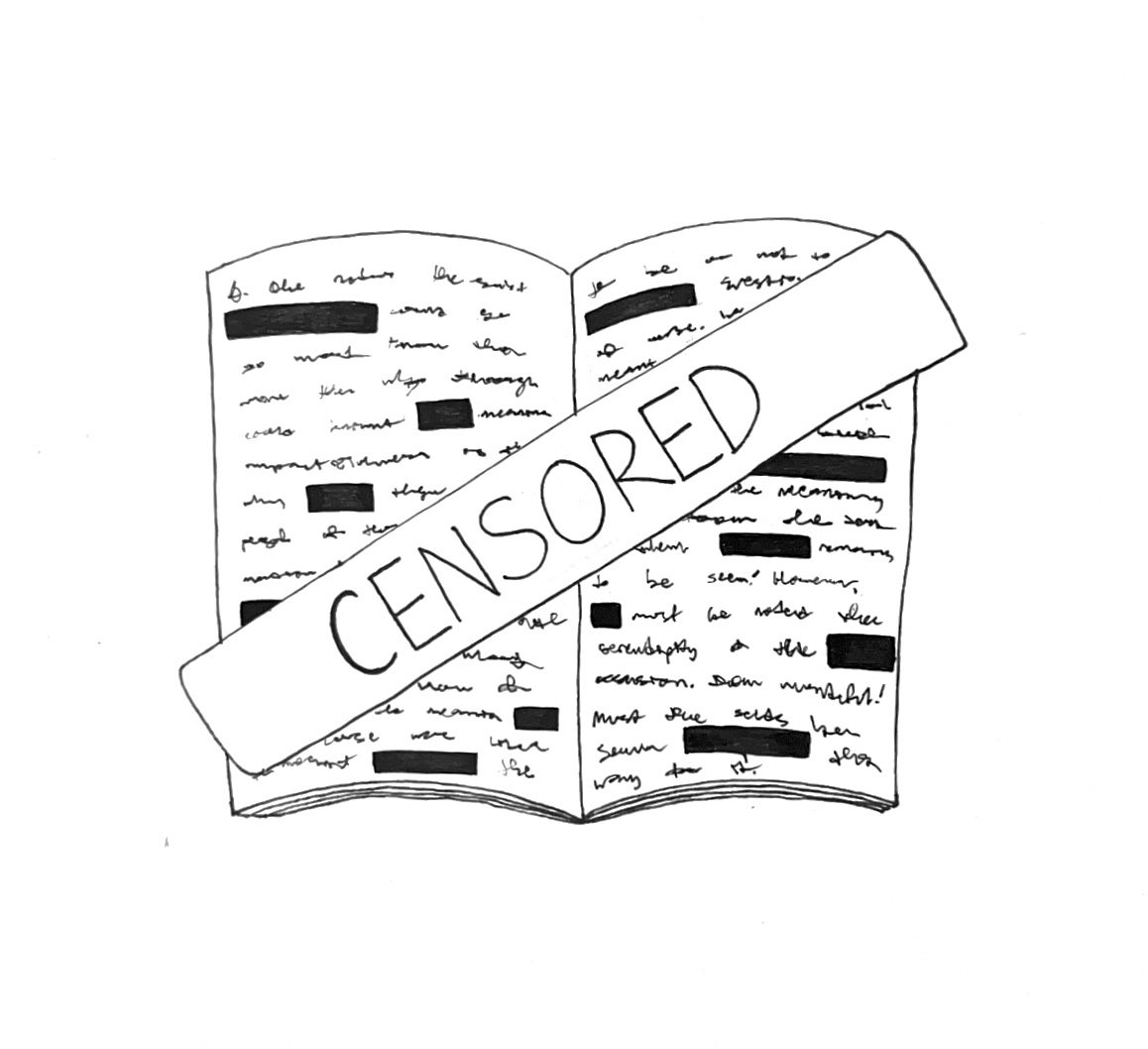The time and energy needed to embark on a new TV show in 2025 is akin to entering a committed relationship–packed with riddled communication, destructive politics, and massive budgets. Contrastingly, the origins of the TV genre were episodic dramas and sitcoms characterized by laugh-tracks and industry disdain. Such early series were often made for family amusement and perceived as an inferior medium of art.
In the mid 20th century, each installment of a television show was quick and independent, omitting drawn out storylines. Today, episodes are often unwatchable without the context of their predecessors, with layered storylines developed over extensive running times. The roots and metamorphosis latent within this history unveil television’s ability to reflect and shape the culture of its time, mirroring the shifting struggle since the 1950s between conservative censorship and resistant countercultures.
Television production exploded in the 1950s, with genres like the sitcom serving as an integral part of propagated American culture and daily life. Shows such as Leave it to Beaver and I Love Lucy promoted conservative values consistent with the traditional middle-class domesticity that was revived after World War II. With cable TV as the only visual media outlet available to many everyday Americans, broadcasts had to remain family-friendly, a substantial creative limitation that went so far as to require on-screen married couples to sleep in separate beds. The prominence of conservatism in the latter half of the 20th century, and structural limitations placed on television as a result, made early series severely lacking in diversity or subversiveness.
Indubitably there were early outliers to the more popularized sitcoms and soap operas (modern day science fiction and anthology would be nowhere without The Twilight Zone), yet cultural and technological forces made these cookie-cutter TV genres dominate the scene. While granted certain merits, television in these early decades was largely considered inferior compared to film.
Be that as it may, television had unprecedented storytelling potential. The expanded screen time allowed sequential episodes to escalate the scale at which a film could develop in-depth character arcs, plotlines and themes. Further investigating specific corners of fictional worlds, which are generally brushed over in more one-track mediums, builds on a piece’s nuances; it can incorporate the interconnected factors which influence the characters’ lives, relationships, and environment. This expands the applicability of a show’s messaging, and drives its audience to consider how various influences work together to shape social structures and individuals.
With the proliferation of streaming services in the early 21st century, the possibilities of creative television significantly expanded. Recent decades have seen an exponential growth of media experimentation — singular directing styles, elevated horror — accompanied by relentless political tensions and crises. Amidst this social climate, the drive to create dissident art through television continues to gain immense traction.
The Severance series is a prime culmination of these shifts: The show follows employees at a fictional company, Lumon Industries, who have undergone a procedure to sever their memories between their personal and work lives. The scope of the storylines in Severance are solely possible through the television format, which facilitates extensive investigations into individual characters’ backstories and layered questions surrounding the dystopian world it puts forth. The show is able to explore the dehumanization of labor, the complexities of race in the corporate workplace and the subjugation of women, while evoking a widely inquisitive and emotional response from audiences due to their attachment to intricately developed characters. The coupling of these feats allows the questions probed by the show to permeate and grow outside of it — a fundamental goal of most art and a prototype of the capabilities of television.
While television has risen in respectability as series have become more intellectually driven and consumed, film has divergently become oversaturated with “popcorn movies,” rife with superficial attention grabs and recycled cliches aimed at drawing a wide audience for profit. While enjoyed in moderation, excessive production of visual eye-candy exhausts and underestimates audiences. With this, the respectability of film is in some cases regressing when it was previously the pillar from which TV was looked down upon — flipping the script between television and film’s general respectability.
In a time wrought with censorship and harmful misinformation surrounding vulnerable groups, authentic storytelling and innovative artistic communication is critical to fostering community and intellectual independence. While television is by no means a revolutionary solution, it is one of the most rapidly growing art forms of the current day. Technology that was once widely censored to promote a conformist narrative now presents intriguing ways to explore pressing issues and layered characters with allure and depth. The recent evolution of television commands greater attention from artists and audiences alike, serving as a model to harness the possibilities of the film medium toward pertinent and compelling stories.









